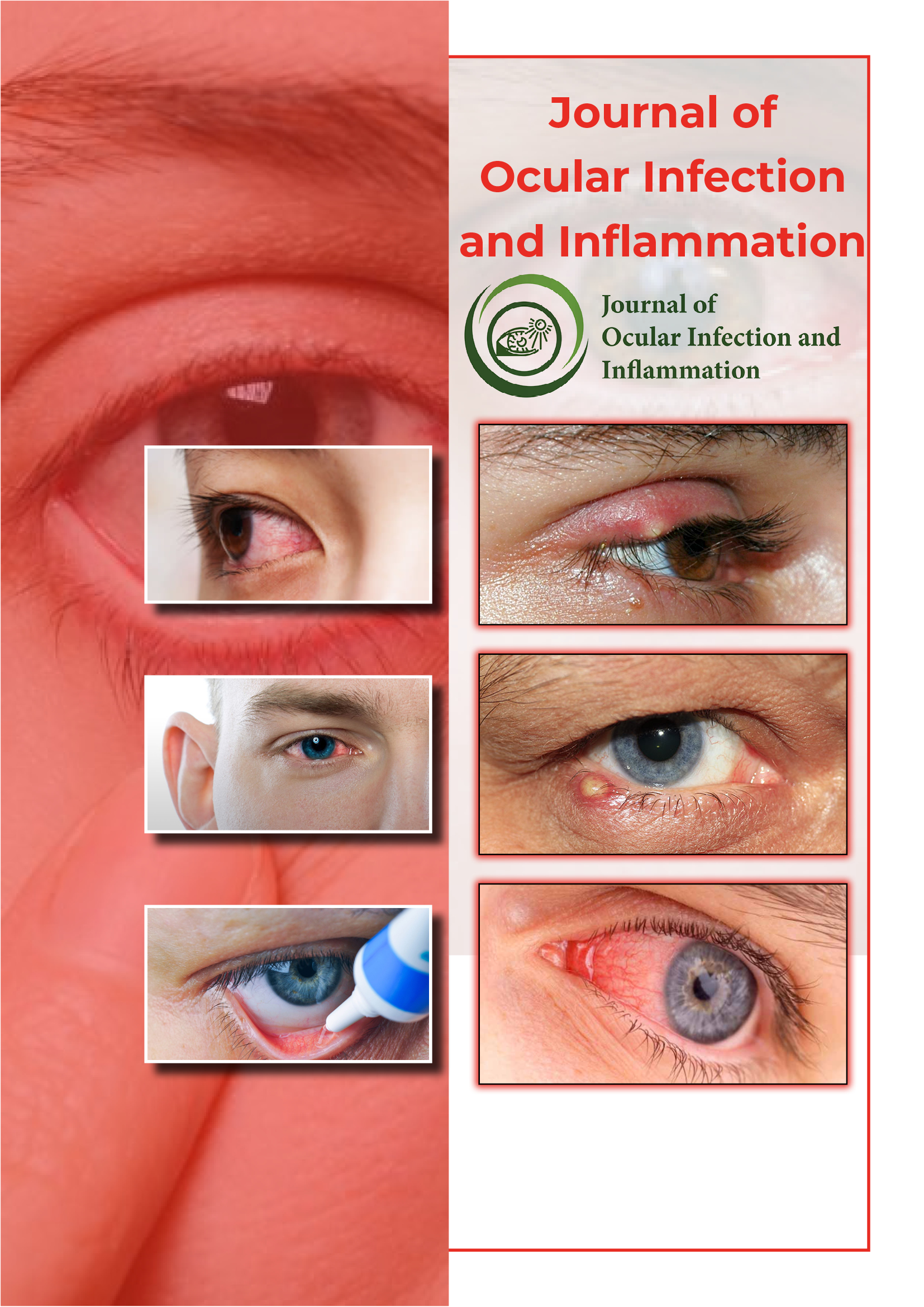Useful Links
Share This Page
Journal Flyer

Open Access Journals
- Agri and Aquaculture
- Biochemistry
- Bioinformatics & Systems Biology
- Business & Management
- Chemistry
- Clinical Sciences
- Engineering
- Food & Nutrition
- General Science
- Genetics & Molecular Biology
- Immunology & Microbiology
- Medical Sciences
- Neuroscience & Psychology
- Nursing & Health Care
- Pharmaceutical Sciences
Abstract
Corneal Incisions in Extracapsular Cataract Extraction Versus Phacoemulsification: OCT Morphological Study
Wael A Soliman MD, Tarek A Mohamed MD and Mohamed Sharaf Eldin MD
Aim: To evaluate clear corneal incision in manual extracapsular cataract extraction (ECCE) versus phacoemulsification using anterior segment spectral domain optical coherence tomography (SD-OCT).
Setting: Ophthalmology department, Assiut University Hospitals, Assiut, Egypt.
Methods: This prospective study included 40 eyes of 40 subjects who had cataract surgery through a superior clear corneal incision (20 eyes underwent manual ECCE and 20 eyes underwent phacoemulsification). Three months postoperatively each eye was scanned at the corneal incision site using anterior segment SD-OCT. (RTVue-100; Optovue). We compared the corneal incision in both groups considering any changes in the epithelial side; endothelial side, and stromal healing.
Results: Perfect apposition along the epithelial side was achieved in all cases of both groups. Stepping and wound gaping along the endothelial side was detected in 45% of the ECCE group and 10% of the phacoemulsification group. Irregularity of the stromal healing line and double level of stromal entry were recorded in 25% and 20% of the ECCE group respectively compared to no instances in the phacoemulsification group. We reported one incident of anterior chamber fibrous band in growth in the ECCE group.
Conclusion: Clear corneal incision in phacoemulsification is characterized by better reproducibility, more regularity along the stromal healing line, and better sealing at the endothelial side compared to manual ECCE corneal wound. Both ECCE and phacoemulsification corneal incisions seal well along the epithelial side.

